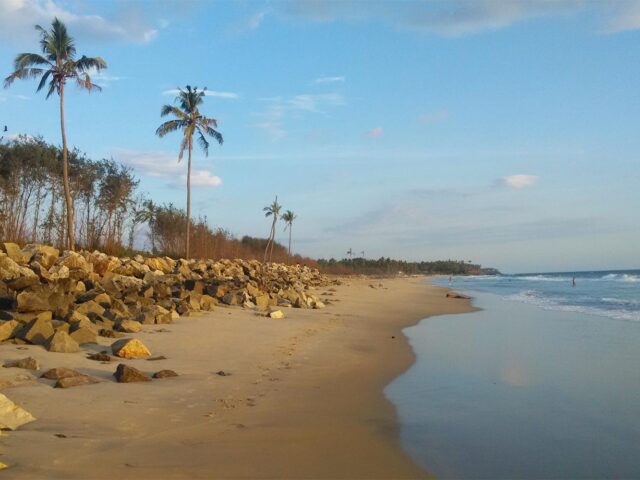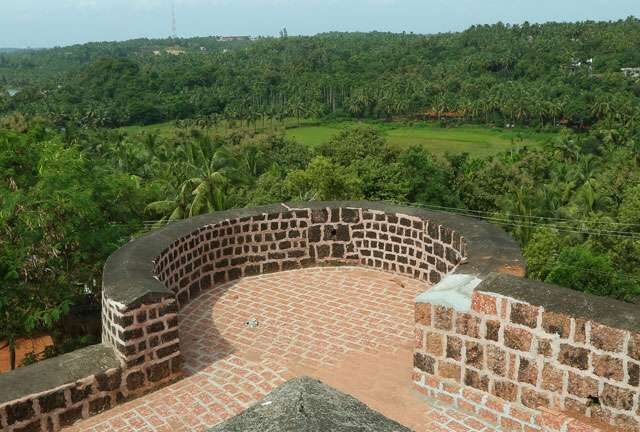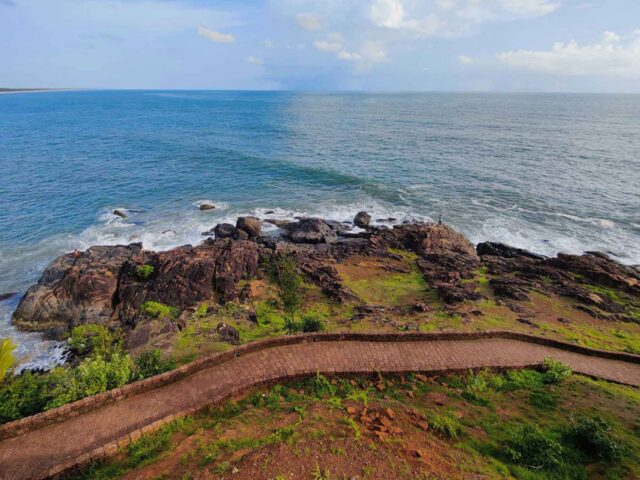
Kappil Beach, situated in the northernmost district of Kasaragod, Kerala, is a pristine haven that epitomizes the state’s natural beauty. This relatively untouched stretch of coastline, with its golden sands, swaying coconut palms, and crystal-clear waters, offers a tranquil escape from the hustle and bustle of everyday life.
Unlike many of Kerala’s popular beaches, Kappil retains an air of seclusion and serenity. It’s a place where you can truly unwind, soak up the sun, and listen to the rhythmic symphony of the waves lapping against the shore. The beach’s gentle slope makes it safe for swimming, while the shallow waters are perfect for wading and paddling.
One of Kappil’s most striking features is the estuary where the Kappil River meets the Arabian Sea. This confluence creates a unique ecosystem, teeming with diverse flora and fauna. Take a leisurely boat ride through the backwaters, and you might spot kingfishers, herons, and other bird species. The estuary is also a popular spot for fishing, with locals casting their nets in the hopes of a bountiful catch.
For those seeking a bit of adventure, Kappil offers opportunities for kayaking and stand-up paddleboarding. The calm waters of the estuary provide the perfect setting for these activities, allowing you to explore the surrounding mangrove forests and witness the natural beauty up close.
As the sun begins to set, Kappil Beach transforms into a magical wonderland. The sky explodes with vibrant hues of orange, pink, and purple, casting a warm glow over the landscape. It’s a sight that will leave you breathless, and a perfect way to end a day of relaxation and exploration.
Kappil Beach is not just a destination for sunbathing and water sports; it’s also a place to connect with nature and experience the local culture. The nearby fishing villages offer a glimpse into the traditional way of life, while the local cuisine, with its emphasis on fresh seafood, is a treat for the taste buds.
If you’re seeking a beach experience that’s off the beaten path, Kappil is the ideal choice. It’s a place where you can escape the crowds, immerse yourself in nature’s splendor, and create memories that will last a lifetime.





